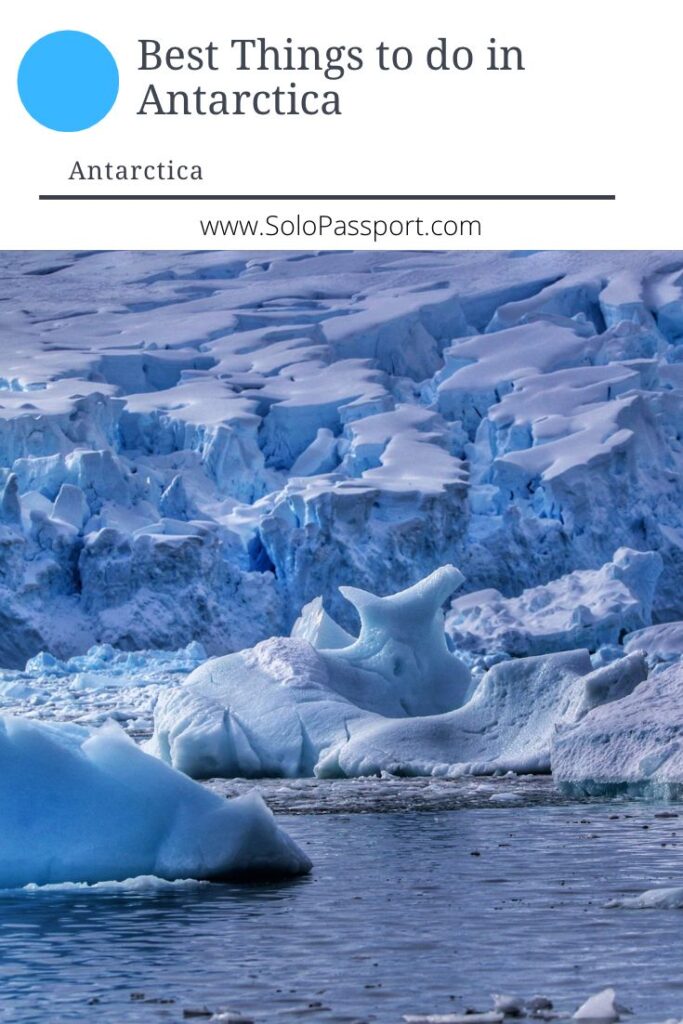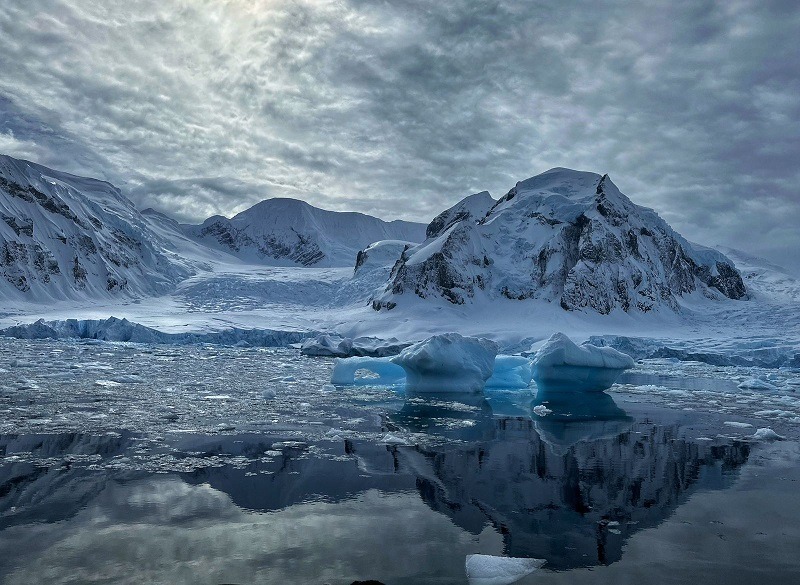Discovering the White Continent: 22 Best Things to Do in Antarctica
With stunning landscapes, abundant and pristine wildlife, Antarctica is a continent with untouched and unparalleled natural beauty. From breathtaking icebergs to adventurous expeditions, the continent offers a unique and awe-inspiring experiences. In this post, you will find the 22 best things to do in Antarctica.
This article may contain affiliate links, meaning if you decide to purchase via my links, I may earn a commission at no additional cost to you. For complete information, please see our affiliate disclaimer here.
Antarctica Travel Resources
CruiseDirect and Cruise Critic to find the best deals on cruises
Skyscanner and Trip.com for finding cheap flights
SafetyWing or WorldNomads for travel insurance. Travel insurance is mandatory when going to Antarctica.
Travel Blogs
Reasons to Visit Antarctica
22 Best Things To Do In Antarctica
Antarctica Clothing and Packing List
Antarctica Photography
Traditional Cruise vs. Expedition Cruise: How to Choose Antarctica Cruise?
How Much Does it Cost To Go To Antarctica?
5 Reasons Why Drone is Not Allowed in Antarctica
100+ Cruise Tips for Beginners to Ensure a Smooth Voyage
Page Contents
22 Best Things to Do in Antarctica
- With harsh weather conditions, ensure to be Antarctica prepared by wearing the right clothing in this white continent.
- As per the guidelines, you need to maintain a 5 metres rule from the wildlife. And on any path, the wildlife gets its way first. If you see a penguin crossing the path, you need to back off and leave the penguin on the way.
- Unfortunately, due to the scare of Avian flu, you cannot kneel or touch the ground when you are on the land. You cannot keep your belongings on the ground too.
Land on the Last Continent
Often referred to as the Last Continent, Antarctica is the remotest part of the world. Not belonging to any nation, Antarctica is governed by Antarctica Treaty System that was signed in 1959. It designates the continent as a reserve for peace and science.
Surrounded by Southern Ocean, Antarctica is the only continent without any native human population. It is the most isolated and remote continent on Earth. And landing on this last continent is a remarkable and adventurous experience.
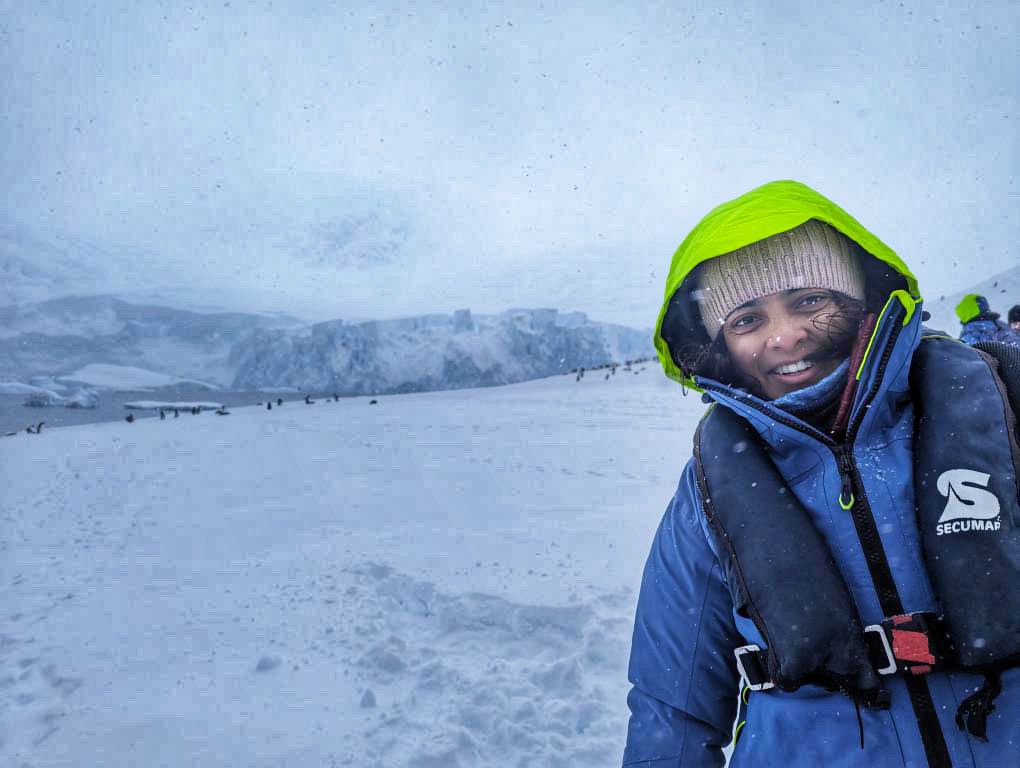
Hang out with Penguins
Out of the 18 species of penguins, 8 species are found in Antarctica and the surrounding regions. And 5 of the 8 species are abundantly found in Antarctica. During your travel to Antarctica, you can see many penguin colonies that have hundreds of penguins. These species include the Emperor, Gentoo, Adelie, and Chinstrap penguins.
Hanging out and seeing them in Antarctica is an extraordinary and once-in-a-lifetime experience. The penguins are most active during the summer season as it is also the breeding season. You can see them waddle along the shore, swim in the cold waters, and witness them fighting, bowing, and playing with one another. It is truly fascinating! This is a dream come true for wildlife enthusiasts and nature lovers.
Did you know that Australia is home to penguins too? They are the tiny penguins called Fairy penguins and you can see them come home at Phillip Island in Victoria.

Be part of Citizen Science
With the concept of bringing society together and making them responsible, Citizen Science is scientific research conducted with the participation of the general public. The process is a joint approach for scientific research and data collection by individuals from diverse backgrounds. It fosters public engagement with science and encourages a better understanding of the scientific process.
The International Association of Antarctica Tour Operators (IAATO) encourages its tour operators and travelers to collect data and samples from Antarctica as part of a collaborative project with professional scientists.
During the Antarctica expedition by Intrepid, I had an opportunity to sign up for the Citizen Science zodiac expedition. The zodiac expedition was part of Fjord Phyto project that monitors how melting glaciers are influencing the Phytoplankton population.
As part of this expedition, 9 of us along with the scientist onboard traveled to a fjord at Neko Harbour to collect some samples and data. The samples included the Glacier meltwater, and phytoplankton, and the data included Secchi depth reading (visibility of the water) and Conductivity, Temperature and Depth (CTD) Analysis.

Listen to Lectures from Experts and Naturalists
The cruises feature onboard experts and naturalists who provide informative and engaging lectures. These lectures, typically scheduled around the cruise itinerary, aim to enhance passengers’ understanding of Antarctica and its significance. They cover a wide range of topics, including Antarctica’s geology, wildlife, climate, history, and environmental conservation efforts.
On our expedition cruise, we had some brilliant lectures providing us in-depth knowledge on Antarctica, its geology, history and wildlife. I specifically loved attending lectures on the seals, and whales. Listening to lectures from the experts and naturalists not only deepens your understanding of this remarkable continent but also fosters a greater appreciation for its unique natural wonders and the importance of its conservation.
See the Seals
Out of the 33 species of seals around the world, 6 species are found in Antarctica. The 6 species are Weddell, crabeater, leopard, fur, elephant and ross seals and the common species is the crabeater. Each of these species have unique behaviours and characteristics, and are usually found lazing around sunbathing.
On our zodiac expeditions, we spotted quite a few of the seals, including the fur, leopard and Weddell seals. Seeing them in their natural habitat, just chilling around, is an unforgettable experience. If you are lucky, you can also see them vocalising and interacting with each other.
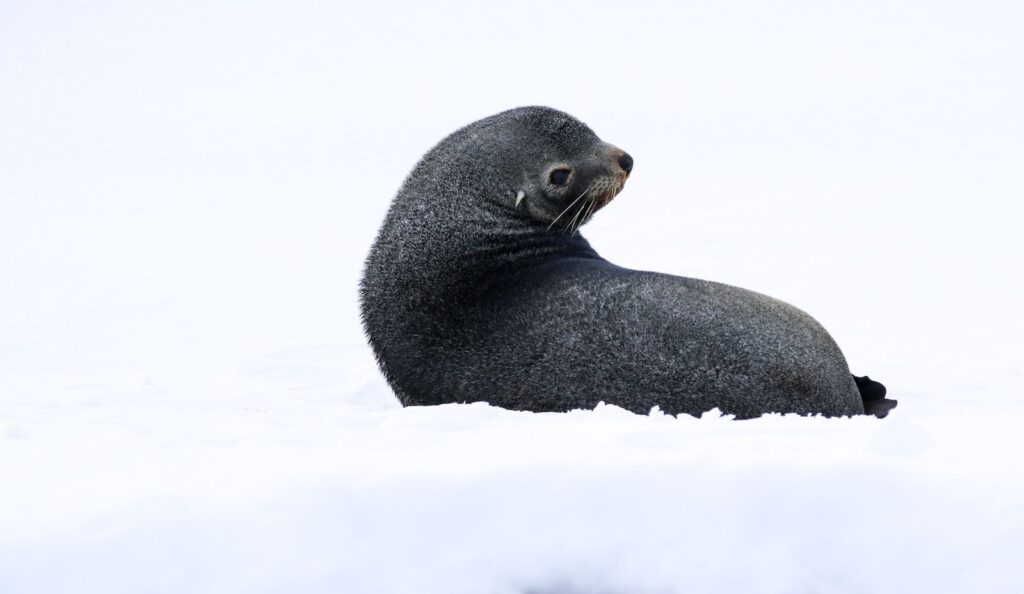
Watch out for Whales
Antarctica has 8 species of whales, out of which Humpback whales and minke whales are the most commonly sighted whales. You also get to see many other whale species, such as the Fin whale, Blue whale, Southern Right whale, and Sperm whale, among others.
Every year, the whales migrate to the warmer places from Antarctica to breed and give birth and then travel back to Antarctica with their calves. This is a continuous process, and you can see the humpback whales along the coast of Australia when they head north from Antarctica. I have seen plenty of Humpback whales along the coast of Sydney (Australia). And I have also taken a whale-watching scenic flight in Kaikoura (New Zealand) to see Sperm whales.
Even though it was a bit earlier in the season for whale spotting when I visited Antarctica, I saw a Fin whale from the back deck of the ship. The other passengers spotted a few Humpback whales, which, unfortunately, I did not.
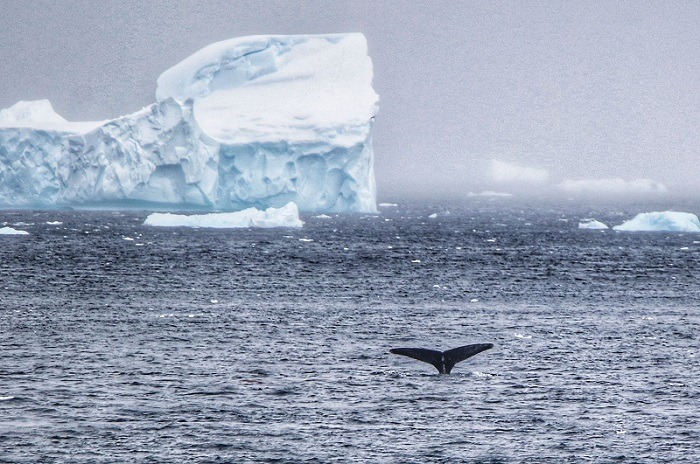
Observe the Antarctic Birds
Antarctica has an active bird population and is a perfect place to observe and watch these amazing Antarctic birds. Some of the notable and common birds that you can see are albatrosses, snow petrels, skuas, and terns, among others.
These birds are everywhere along the shoreline, mountains, and islands where they nest, breed and forage. The best place to see these birds is on the back deck, where you can just see them hanging around, fishing and swimming in the ocean. The expeditions on the zodiacs are also great to see and photograph them.
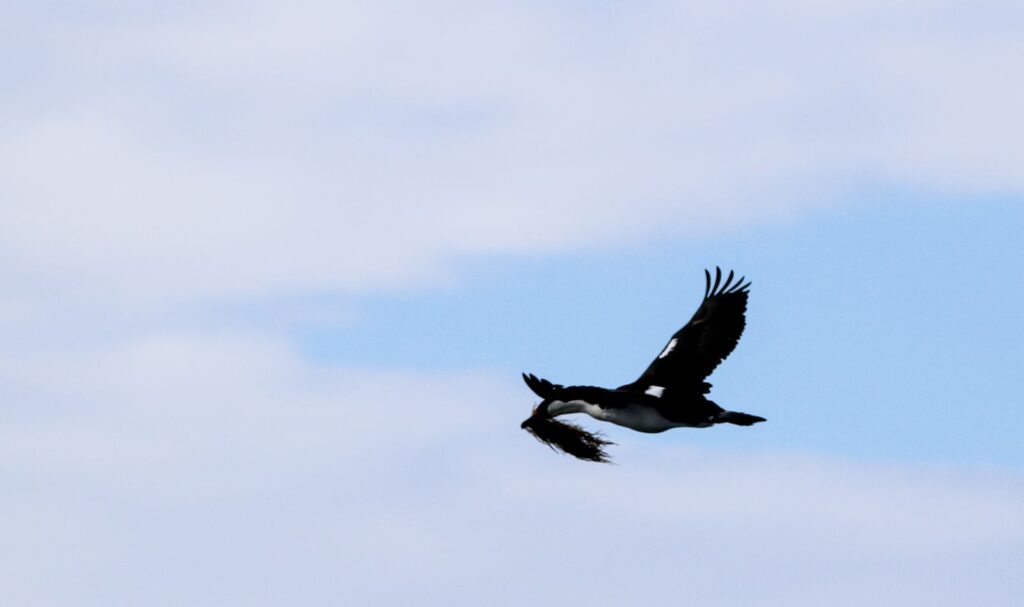
Explore Deception Island
Situated in the South Shetland Islands of Antarctica, Deception Island is an active volcano. Formed by the collapse of a volcanic caldera and known for its geothermal activity, with numerous geysers and hot springs, Deception Island is a horseshoe-shaped island.
A popular location for early Antarctic explorers, the island has a dark history of whaling and sealing. You can see the ruins of the old whaling station structures, including boilers and remains of buildings. It is a place of natural beauty and historical significance and has black sand beaches surrounded by icy waters.
The island is a famous stop on cruise itineraries not only because of its history but for it being the natural habitat for wildlife such as Gentoo and chinstrap penguins. We spotted an Adelie penguin too.

Take a Photography Workshop
Led by professional photographers onboard, the photography workshop is a great way to learn new techniques and enhance your photography skills. Presenting a wide range of photography subjects, from stunning landscapes of ice and snow to the abundant wildlife, including penguins, seals, and whales, the workshop can guide you on how to best capture these subjects.
Workshops can cover topics like camera settings, lenses, and accessories. Sometimes the workshops may also cover post processing techniques. It teaches you creative thinking and help you develop your photographic style.
But note that the photography workshops onboard are very expensive. Ensure to read and understand what and how much of in-depth knowledge these workshops cover.

Camp on the Ice
Organised and managed by the cruise expedition team, camping on the ice in Antarctica is a once-in-a-lifetime adventure. Spending a night in a sleeping bag without the cover of a tent on a remote continent is surely one of the most adventurous things to do in Antarctica. It offers a profound sense of solitude and connection with nature.
The campsites are selected with utmost care to avoid sensitive areas, and participants are expected to follow strict Leave No Trace principles. They are managed to ensure the safety of participants and minimal environmental impact.
Cruise Critic HomepageKayak through Icy Waters
Organised as part of cruise itineraries, kayaking through the icy cold waters of Antarctica is an immersive way to explore the pristine beauty of the region. Kayaking allows you to get up close and personal with Antarctica’s stunning landscapes, including towering icebergs, glaciated fjords, and vibrant wildlife.
The cruises provide the necessary gear and equipment such as a dry suit and personal flotation device for kayaking. Expedition guides provide thorough safety briefings and monitor weather conditions to ensure the safety of participants. In order to kayak, you do not need prior experience but require a reasonable fitness. The kayaking expedition is an add on and there is an additional cost associated.
See the Midnight Sun
Unique to Polar regions such as Antarctica and the Arctic, the Midnight Sun is the phenomenon where the sun remains visible above the horizon for a continuous 24-hour period. Observing the Midnight Sun is often part of the experience on Antarctic expedition cruises.
The indigenous people in the polar regions often celebrate the Midnight Sun. It is part of their traditions and festivals and is regarded as a symbol of the connection between people and nature in these extreme conditions.
Admire and Photograph the Massive Icebergs
Popular for a diverse range of icebergs varying in sizes, shapes, texture and formations, the icebergs provide endless photographic opportunities. From towering tabular icebergs to sculpted, blue-tinged forms, there are too many of these floating around in the ocean. Look out for the blue and transparent icebergs as they may be thousands of years old. It is a visual treat to see the icebergs!

Take Zodiac Cruises
One of the best ways to explore Antarctica is by taking the zodiac cruises. Zodiacs are agile as they are small and inflatable boats designed for such expeditions. Led by an experienced expedition guide, the zodiacs can easily accommodate around 10 people and are very sturdy. They provide easy way to get up close to the nature and wildlife.
The crew and expedition members help the passengers in getting in and off of these zodiac cruises. Guides provide safety briefings and ensure that participants are aware of safety protocols. These zodiacs are equipped with communication systems and medical supplies.

Send a Postcard from the Southernmost Post Office
Would you believe if I said Antarctica has a post office of its own? Yes, at Port Lockroy on Goudier Island lies the southernmost and remotest post office in the world.
Nicknamed as the Penguin Post Office, the Port Lockroy post office allows visitors to send postcards to their loved ones. It is one of the few functioning post offices in the world, and the postcards are stamped with a special and unique penguin stamp. Keep in mind that the delivery of these postcards may take a very long time (sometimes months) due to the remote location and the logistics involved.

Climb the Mountains
Antarctica is not just about icebergs, beaches, and wildlife. The continent also has many mountains and is home to the Ellsworth Mountains and the Queen Alexandra Range. Standing tall at 4892 metres (16050 feet), Mount Vinson is the tallest mountain in Antarctica and is a popular hiking destination.
With extreme climatic conditions and high altitudes, the hikers attempting to climb the mountains in Antarctica must have prior mountaineering experiences. And many of these climbing expeditions are closely tied to scientific research and involve data collection, maintaining weather stations, and assisting the research. You need permits and approvals to climb the mountains of Antarctica.

Cruise on the Drake Passage
Named after the 16th-century English explorer Sir Francis Drake, the first person to circumnavigate the globe, Drake Passage is a body of water located between the southern tip of South America (Cape Horn) and the South Shetland Islands of Antarctica.
The Drake Passage is a critical component of the Antarctic Circumpolar Current, a powerful eastward-flowing ocean current that circles the entire continent of Antarctica. I was informed that if the ship cruises around 21,000 kilometres towards the west, then the ship would land exactly at the same position it started.
Serving as a primary maritime route for ships traveling between the southern tip of South America and the Antarctic Peninsula, the Drake Passage is notorious for its unpredictable and often turbulent sea conditions.
Most expeditions to Antarctica start from Ushuaia in Argentina or Punta Arenas in Chile, and Drake Passage is a necessary crossing for all cruise ships. The sea conditions in the Drake Passage are referred as either “Drake Lake” (relatively calm seas) or “Drake Shake” (rough and turbulent seas). The waves can go up to 12 metres (40 feet) and is considered as the most powerful convergence of seas.
Fortunately, when we passed through the Drake Passage on the way to Antarctica, the waves were at a height of 4 to 5 metres and on the way back were swirling at 3 to 4 metres. The best way to get over the Drake Passage is by taking the sea-sickness tables. You get them onboard. But ensure to consult with your doctor before taking the sea-sickness tablets.
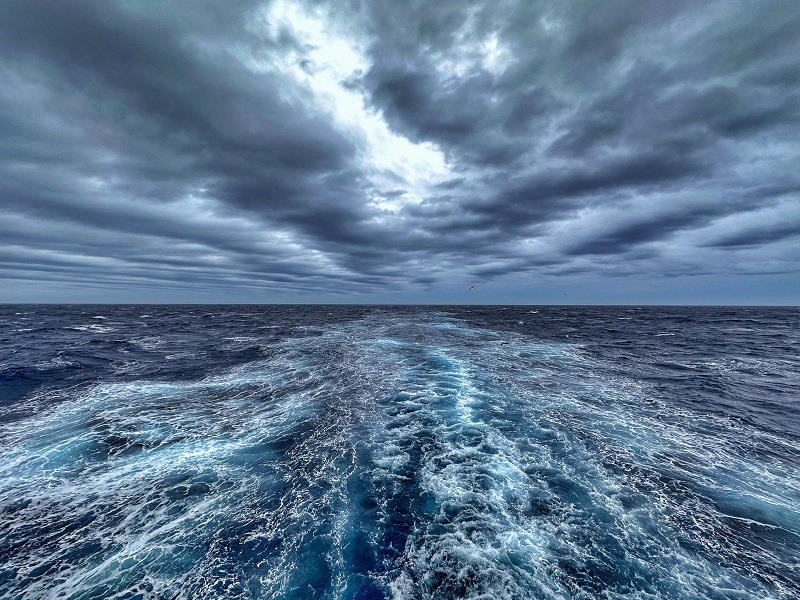
Take a Polar Plunge into the Ocean
One of the adventurous and best things to do in Antarctica is participating in a polar plunge. Organised and supervised by experienced expedition guides and crew members on your expedition cruise, the participants plunge into the icy waters of Antarctica.
The temperature of the water can be below freezing, so be prepared for an intense shock to your body when you enter the water. Mentally prepare yourself for the cold shock. And before attempting for the polar plunge, ensure to check with your doctor if you are physically fit enough to do so.
Cruise Critic HomepageSavour Delicious Cuisine
Many expedition cruise ships to Antarctica offer fine dining experiences. Onboard chefs prepare a diverse range of gourmet dishes that cater to a variety of tastes and dietary preferences. They prepare fresh food with high-quality ingredients to create delicious meals. Savoring delicious cuisine on Antarctic cruises is an unexpected and delightful aspect of the expedition.
During our expedition cruise, we had buffets for breakfast and lunch, and a la carte for dinner. They were multi-course meals with appetizers, soups, salads, main courses, and decadent desserts. Most of the times, the food was delicious and beautiful. These meal times were great time for us to socialise with other passengers and crew members.

Party and Dance your way
The cruise operators organise social nights onboard while cruising where passengers can party and dance their way into the continent. Some of the cruises have local DJs that perform at nights for passengers to relax and unwind the day.
While partying and dancing in Antarctica may not be the primary focus of a visit to this pristine continent, it’s still possible to enjoy social interactions, share experiences, and create lasting memories with fellow passengers during an expedition cruise.
As I was on an expedition cruise, the DJ night was organised only on the last night of our journey where the ship was very close to Ushuaia.

Get a Picture with Antarctica Flag
As Antarctica is governed by Antarctic Treaty System, the treaty does not establish an official flag for the region. While there isn’t an official Antarctica flag, you can still get a display flag of the continent from one of the souvenir shops in Ushuaia (Argentina). Some of the cruise operators keep such flags so you can get a picture on the continent with this beautiful flag.

Watch the Snow Storm
The continent of Antarctica is famous for its unpredictable weather. Even though all the cruise ships operate during the summer season, the snow storms on this continent is not uncommon. They can occur at any time of the year, but they are more frequent during the winter season. Snowstorms are often accompanied by strong winds and limited visibility, creating a dramatic and otherworldly atmosphere.
The view from the deck or a coffee station is best to see the snowstorms and capture them through your cameras. Experiencing a snowstorm in Antarctica is a chance to connect with the extreme and pristine nature of the continent. It is a reminder of the challenges and the the raw power of this continent.

Bonus – See a Rainbow on Antarctica
After the snowstorm comes the rainbow. It is a rare event to see a rainbow on Antarctica but it can happen. And I was fortunate to see this spectacle while enjoying a cup of coffee. Be ready with your camera at all times during the expedition as you never know what you see!
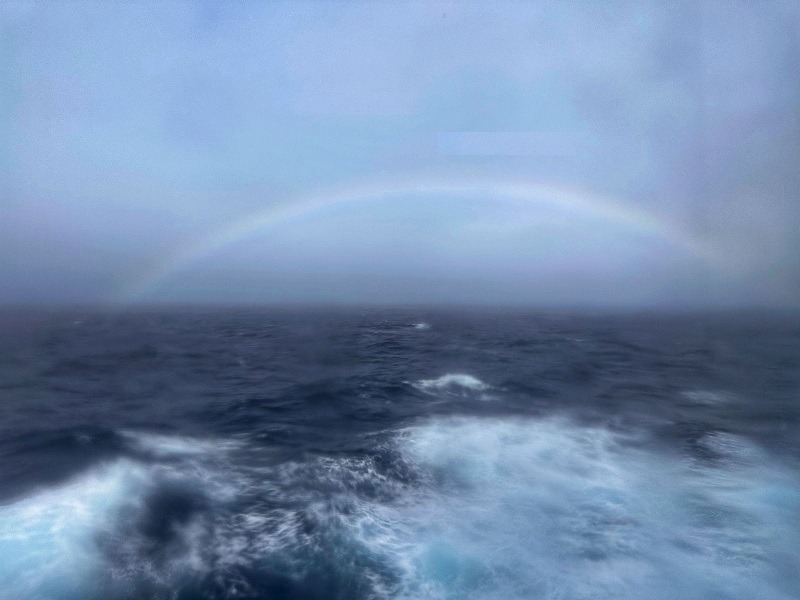
Closing Notes
Antarctica is a continent that is incomparable with any other parts of the world. There is no end to its beauty and the things that you can learn and do at this mesmerising continent. The 22 best things to do in Antarctica provides a glimpse of what you can do in this remarkable remote continent. From encounters with majestic penguins and seals to the thrill of expedition cruises and scientific exploration, this frozen wilderness has much to offer.
Do you still have questions and want more information on the last continent? Send me an email on Solopassport@gmail.com.
How can you support me?
You know how much I love coffee, so you can buy me a coffee – Buy me Coffee!
Or you can purchase from one of the below travel resources without any extra charge to you:
Travel Resources
Book your flight on Skyscanner.com or Trip.com
Reserve your accommodation on Stay22
Reserve your stay at a hostel on HostelWorld
Use RentalCars or DiscoverCars for hiring self-driven cars
Book your tours and travels or purchase tickets on Viator or GetYourGuide
For a universal SIM card, use DrimSim
Buy comprehensive travel insurance on SafetyWing and WorldNomads
If you liked this article and if it was helpful in your planning or travelling, do share, tweet, or pin this post.
Follow me on Instagram | Facebook | YouTube | Twitter | LinkedIn
Do you have a question? Do you want any suggestions and tips for travel, hikes, and scuba dives? Use the Subscription box below to sign up and get updates by email.
PIN for later reference | Best Things to Do in Antarctica
